I was sceptical when I first heard about Canine Massage and Myotherapy (more on Myotherapy later). I assumed massage was something that needed to be comprehended by the participant – the human, in most cases. I thought it was a nice gesture but nothing more.
Considering it is muscles that move the skeleton and, therefore, dictate movement, I quickly learned how wrong I was.
What is Massage and Myotherapy?
Myotherapy simply means “Muscle therapy”. In the human world, a Myotherapist will typically perform remedial massage on their client, and they may have a better understanding of human anatomy and physiology than a relaxation massage therapist.
In my experience, a Canine Myotherapist performs their treatments similarly to a Human Physiotherapist. They will perform an in-depth physical analysis, including a muscle assessment and movement assessment, remedial massage, passive stretching, therapeutic exercise, and consulting on the dog’s diet and lifestyle.
“Massage” refers to the physical act of using different palpating techniques applied to the muscles through the skin to provide a multitude of physiological effects.
The Effects of Massage on the Dog’s Muscles
There are multiple massage palpation techniques, each with its own set of physiological effects. Some techniques are designed to warm and prepare the muscle for further manipulation. Others are used to target groups of muscle fibres that have been glued together, causing tension and teasing them apart, thereby causing them to release. The techniques used are determined by the therapist’s desired outcome based on the dog’s behavioural feedback to the techniques and their muscle condition.
Effects Include:
- Increasing circulation
- Improving pliability and stretch within the muscle
- Reducing or alleviating tension and adhesions
- Reducing pain and inducing relaxation
- Increasing nutrient circulation and uptake to the area
- Improving the muscle’s action potential
Adhesion: A group of muscle fibres that have become stuck or glued together as a response to some kind of stressor. These adhesions restrict movement and have limited blood flow. The entire muscle group will have various levels of compensation, as the dog will naturally resist movement in the area from the pain, limiting their full range of movement.
If left untreated (remaining stuck together), the muscle will begin to waste away from Hypoxia, meaning limited oxygen from lack of blood flow.
Who Needs Massage?
Most dogs are living a somewhat unnatural life. I think we can all agree that chasing moving objects all day at the fence line, playing ball a gazillion times a day and only going for walks on weekends are all pretty unnatural, injury-inducing forms of exercise for our dogs.
A lot of these activities place strain on our dog’s musculoskeletal system due to their repetitiveness, lack of warm-up, type of movement and the amount of exertion the happy-go-lucky, people-pleasing, enthusiastic domesticated dog often uses
It’s not always easy to identify problems with our dog’s movement or even pain, as our dog’s instinct forces them to “just keep moving”. This is what leads to muscle dysfunction and skeletal issues.
Massage and Myotherapy are beneficial to all dogs, including sporting and high-performance dogs, companion dogs and working dogs. The best part is that you don’t (and shouldn’t) have to wait until your dog shows signs of injury or discomfort in their movement. Myotherapy can be utilised as a preventative measure, catching potential issues before they become anything serious and promoting health within the body’s systems.
In some cases, like after surgery, it is best to speak with your Veterinarian to see if Myotherapy is safe for your dog at this time or when it may be safely used to aid in injury recovery and rehabilitation.
By promoting many positive physiological changes within the body, massage can have a profound impact on the health of our dogs and their quality of life.
When looking for a qualified Canine Myotherapist, I believe education is everything. Looking for providers that are listed on therapeutic association websites, such as The Small Animal & Equine Naturopathic Association (SAENA), is an excellent start to ensure you are able to choose someone local and qualified.
If you’d love to work with me, you can book an initial consultation using the “book” button above.
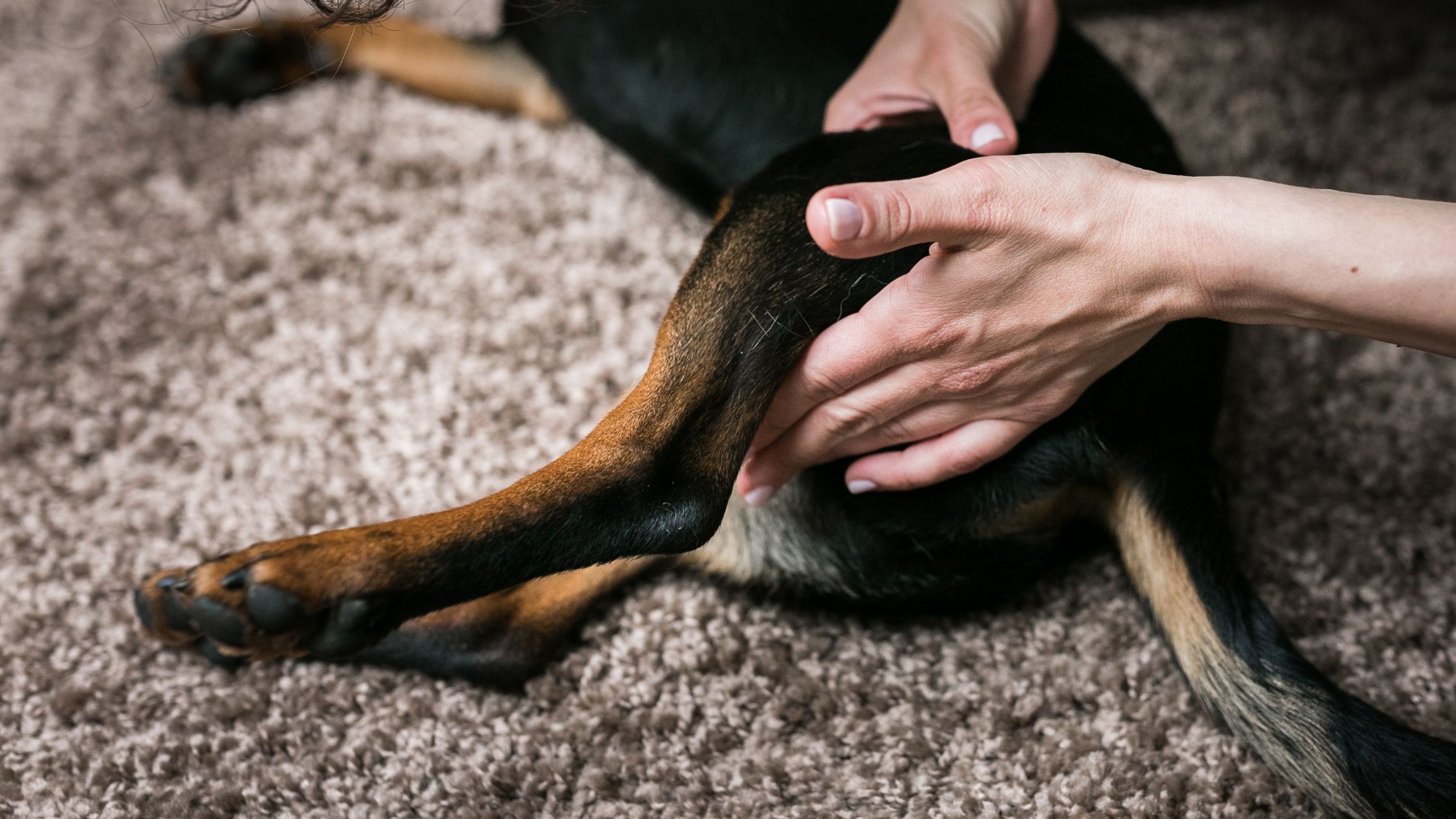
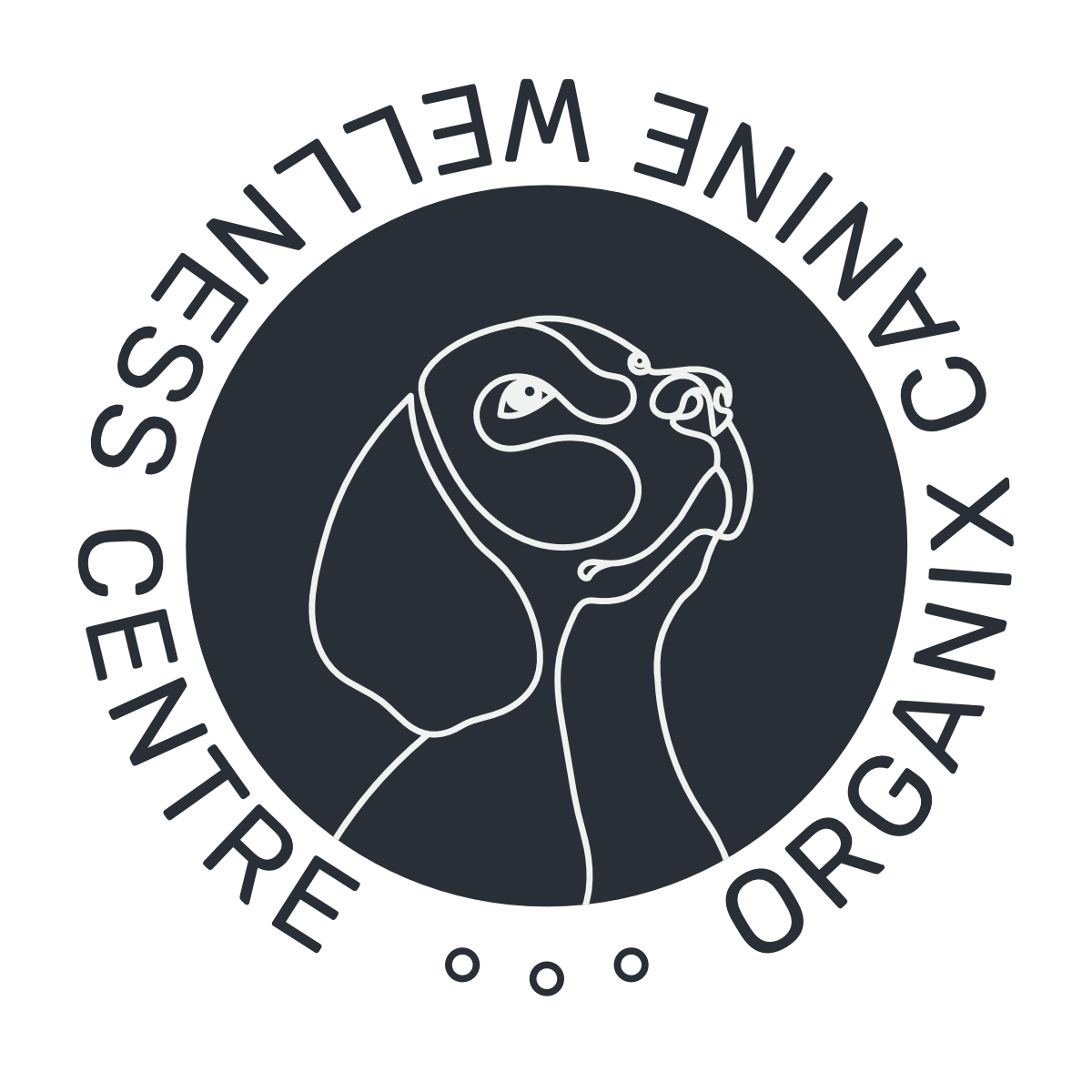
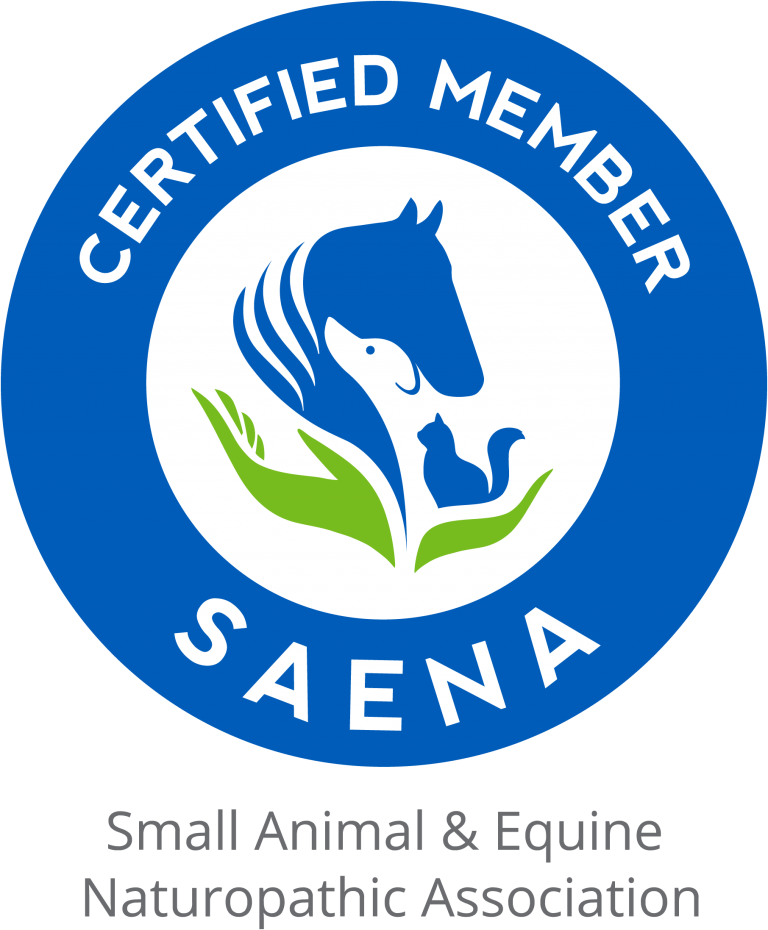
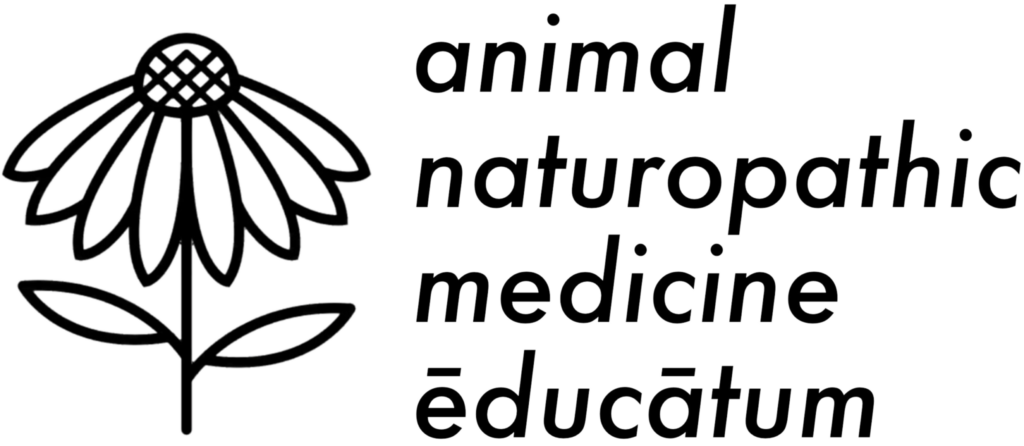
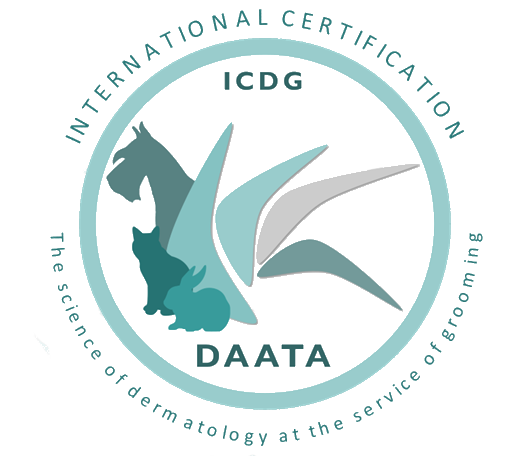
Add your first comment to this post